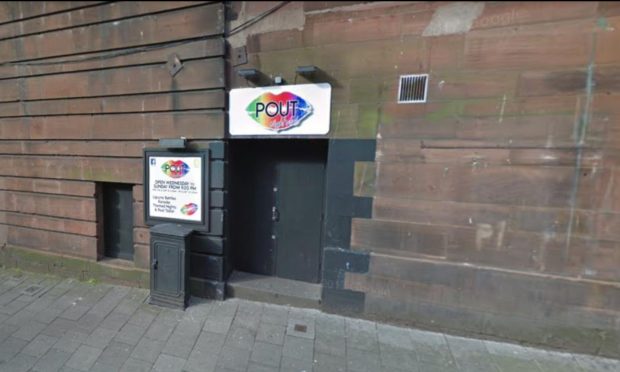Romance may be in the air around Valentine’s Day, but one Dundee University professor has offered advice for those that aren’t lucky in love.
Professor Wendy Moncur has outlined the best things to do — and not to do — for people looking to “digitally disentangle” after a break-up.
The Professor of Digital Living wrote the piece for The Conversation outlining seven key points for getting over the end of a relationship in the digital age.
The temptation to check an ex-partner’s social media pages to see what they are doing may be too great for some people but the professor, unsurprisingly, says not to do this as it prolongs the grieving period.
Instead, people are encouraged to have a clean break, including placing the former partner’s profile on a “restricted list” on Facebook.
Naturally, the process of expunging someone’s existence from one’s life, is said to be tougher and more complicated if the couple had been living together.
Apart from the practical, real-world problems of where to live and moving belongings, there is also a higher likelihood of sharing accounts for the likes of Netflix (other streaming services are available).
Account holders are told to change their passwords as soon as possible. Meanwhile, non-account holders should take a note of all details, including which Game of Thrones (other television programmes are available) episode you were watching before the passwords are changed, resulting in lost access.
And if devices were being used by both partners then passwords may be saved and a former spouse could still have access to social media accounts, it warned.
The essay recognised that whether or not to stay friends on social media is a “tricky” subject, but said those choosing to maintain a friendship should take steps — such as setting preferences on what is prioritised on a news feed — to minimise digital contact.
People are also warned against pretending their life is rosy post-break up with numerous social media posts depicting a great life as friends may not think you require their support when in fact it’s most needed.
In summary the article says to “make good use of your online social media, and make it a force for good after a romantic break up. Don’t look at what your ex is doing. Do let your friends know that you need them. And things will start to look up”.
The post falls short of recommending having memories of an ex deleted a la the film Eternal Sunshine of the Spotless Mind — but that is perhaps simply because the technology doesn’t exist yet.










